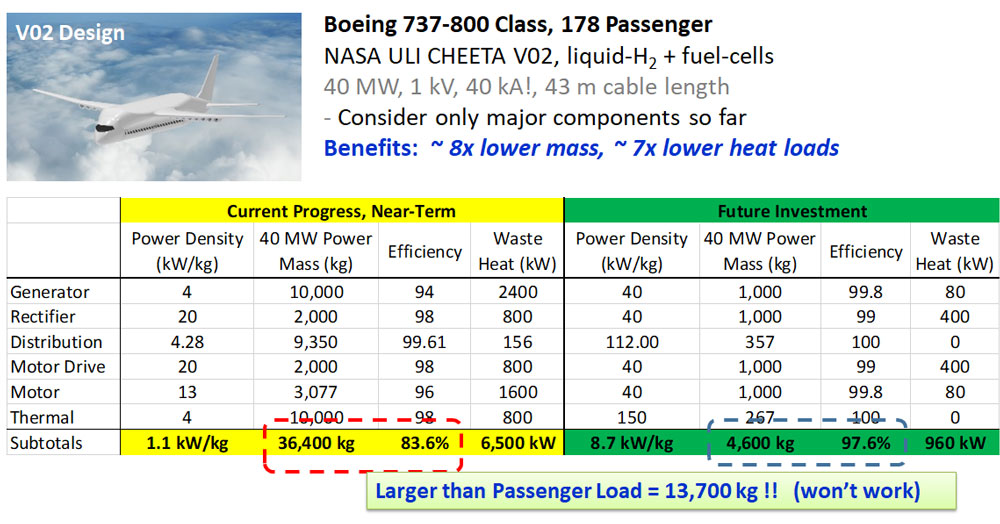AP-2-3-INV
Key Challenges and Developments for Cryogenic Superconducting Aviation
14:15-14:45 28/11/2023
*Timothy J. Haugan1, Christopher J. Kovacs1.2
1. Aerospace System Directorate, Air Force Research Laboratory, Wright Patterson AFB, OH 45433, U.S.A.
2. Scintillating Solutions LLC, Columbus, OH, 43205, U.S.A.
The aerospace industry is the last major transportation industry working to implement hybrid-electric technology for propulsion. Nearly exponential growth is occurring recently for electric aircraft, with reportedly with more than 600 being developed worldwide by July 2022. As of May 2022, pre-orders for electric aircraft exceeded 8,900 aircraft and $52B sales, even though many aircraft have not been certified for flight yet. Recently in 2023, there are many reports of demonstrations being achieved of varying components and systems, including 0.1-1 MW fuel cell powerplants, and liquid-H2 propulsion.
The generic performance goals for electric drivetrains were established by agencies including NASA and ARPA-E, and are difficult and aggressive to simultaneously achieve > 99.5% efficiency and power densities of 30-50 kW/kg for the major components. Strong efforts worldwide are considering different technology approaches for electric drivetrains; however, it is generally understood that cryogenic/superconducting technologies have the highest potential to meet or even exceed those goals. One key subsystem of electric drivetrains is the electric-wire-interconnection-system (EWIS), which for conventional aircraft is known to have by-far the largest mass fraction of all the components. And recently it is confirmed it is also a major weight percentage for superconducting drivetrains; e.g. by Airbus.
This paper will provide an overview of present state-of-art (SOA) and R&D efforts in this field, and key challenges that must be addressed. Results of system-level studies for a 40 MW-class liquid-H2 fuel-cell based propulsion aircraft are shown in the figure attached.
1. M. Sebastian, T. Haugan, C. Kovacs, M. Sumption, B. Tsao "Design and Scaling Laws of a 40-MW-class Electric Power Distribution System for Liquid-H2 Fuel-Cell Propulsion" AIAA Propulsion and Energy Forum 2021, Aug 9-11 (2021), https://doi:10_2514/6.2021-3310
This research was funded by the NASA University Learning Initiative (ULI) #80NSSC19M0125, the Air Force Research Laboratory/Aerospace Systems Directorate, and AFOSR LRIR #23RQCOR100.
